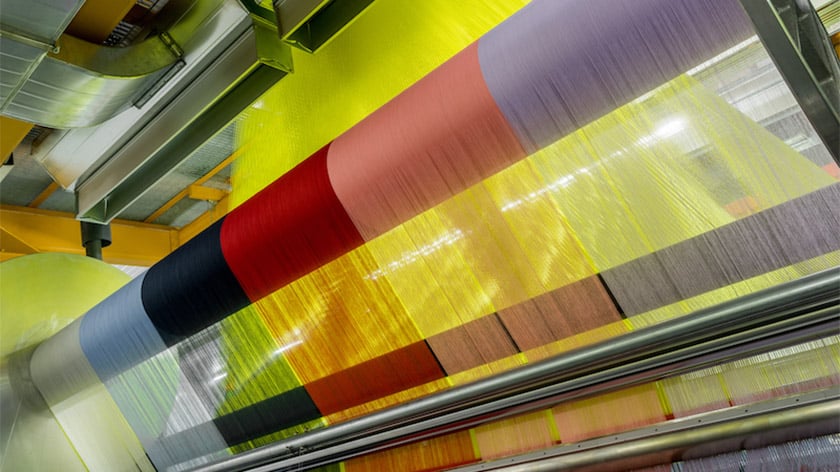Using Temperature Sensor Data to Drive Business Decisions [VIDEO]
To make the best business decisions around temperature and energy use, you need to have the data points. Advances in sensors and wireless technology...

Are controlling air conditions and knowing how wet the air is important to your business? Then humidity sensors are a must. Also called hygrometers, these devices have come a long way in recent years.
Packet Power’s environmental monitors have built-in humidity sensors. These devices were initially developed to help maintain optimal conditions for the servers and other electronics in data centers around the world. But our environmental monitors aren’t just for data centers. Many facilities managers outside data centers are using humidity monitors to optimize their operations. Below are some of the applications along with the relative humidity guidelines for a variety of industries.
Humidity (and temperature) monitors are relied upon more and more as growers continue to go high-tech and try to obtain bigger yields in smaller spaces with less water. Obviously the acceptable humidity range for plants is very species-dependent. Succulents and cacti can grow in 10% humidity while tropical plants like pineapples prefer humidity levels as high as 90%.
Most seedlings do better with higher humidity levels so greenhouses often try to maintain roughly 80% humidity when plants are just sprouting. However, once plants are growing well, that high humidity may result in moisture sitting on leaves and creating fungal infections or mildew. It’s not uncommon for greenhouses to have spaces with lower humidity levels (55-70%) where most of the growing takes place.
Computer equipment and wet air don’t mix well. However, air that is too dry can create the risk of static electricity buildup and a damaging shock to electronics. The best practice is to keep relative humidity between 40% and 60% in server rooms and other large IT facilities.
Resource: Best Practices for Data Center Monitoring
Moisture in the air affects the physical properties of many fabrics including their elasticity, fiber diameter, and tensile strength. Both cotton and linen are brittle and must be processed in air that has 70-80% relative humidity. Wool and silk, on the other hand, can handle slightly dryer air (65-70%) during processing.
There are many industries where excessive moisture is a threat either to a raw good, a manufacturing process, or an expensive piece of equipment. Consider the impact of improper humidity conditions for paper processors, printing companies, machining and grinding equipment, food processing and packagers, and pharmaceutical manufacturers.
Often these types of businesses rely on industrial dehumidifiers to keep humidity down. Humidity sensors enable facilities managers to safely operate dehumidifiers only when needed, thus cutting down on energy consumption.
Facilities like oil refineries and large manufacturing plants where corrosion from excessive water in the air is a problem can also optimize their dehumidifier usage when they have access to real-time relative humidity data.
Books and art collections do best with a constant level of humidity. If the moisture level in the air is regularly going up and down, it can degrade soft materials as they take in and lose water from the atmosphere. The optimal relative humidity for books is between 45% and 60%. Most art museums keep their galleries at about 45% relative humidity in order to preserve paintings. Cigar aficionados may already know that the optimal conditions to store cigars is between 65% and 72% relative humidity. This explains why cigar stores tend to be more humid than other retail stores.
Packet Power’s environmental monitors provide real-time temperature and relative humidity data to help ensure your facility is operating at the desired levels. Whether you’re looking to keep things preserved, growing, or free of corrosion, a humidity monitor can help.
We’d be happy to explain how Packet Power’s environmental monitors may be able to help you more effectively achieve your goals.
![Using Temperature Sensor Data to Drive Business Decisions [VIDEO]](https://www.packetpower.com/hubfs/Blog/using%20temp%20sensors.jpg)
To make the best business decisions around temperature and energy use, you need to have the data points. Advances in sensors and wireless technology...

Environmental monitoring and control in the data center are usually assumed to be synonymous with temperature control—how to make sure the air is at...

When your existing monitoring devices are not keeping up with new demands, it’s time for a change. But upgrading monitors in a facility can be...